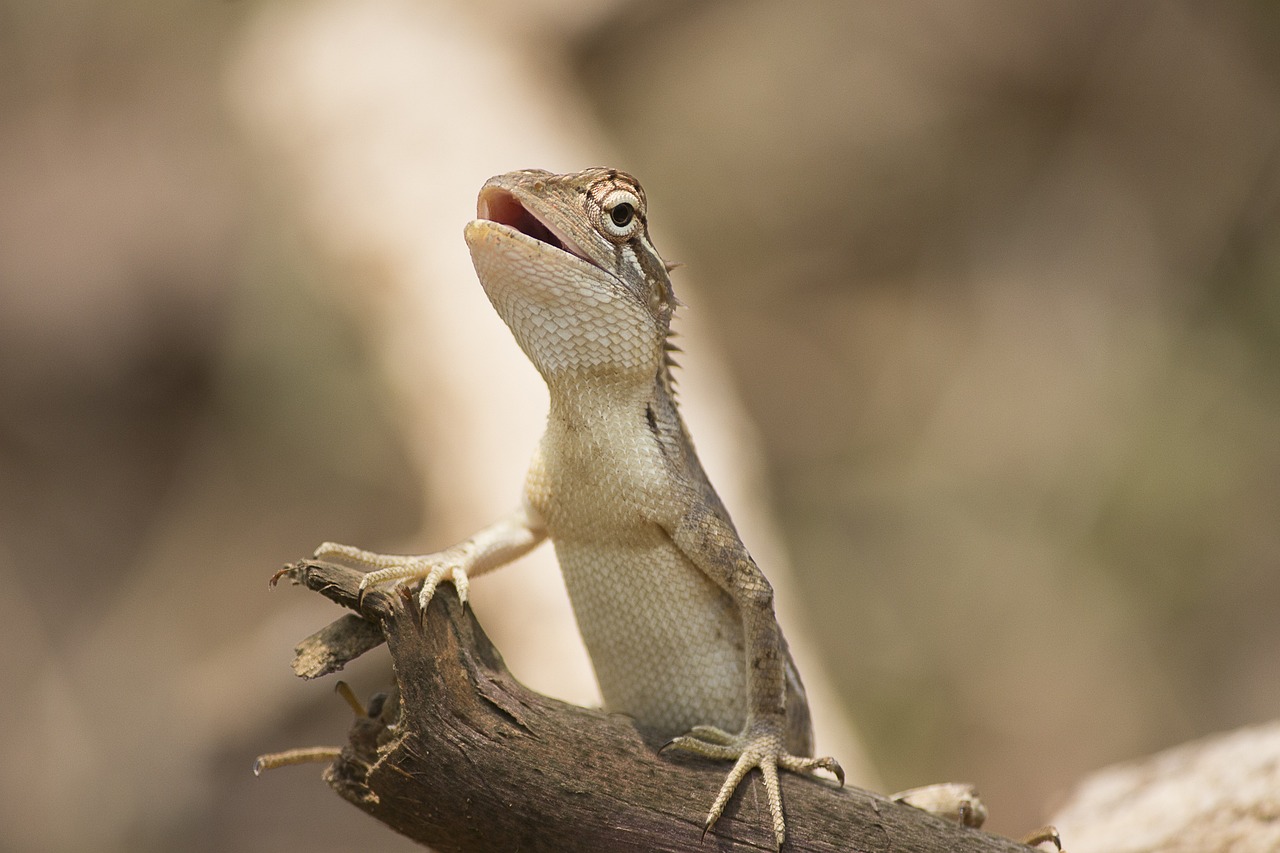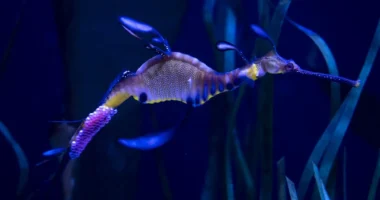By 1808Delaware
The Columbus Zoo has celebrated several significant births this year! Guests can look forward to seeing some of these new faces throughout the Zoo this season. Here’s a look at the newest members of the zoo family and where you can find them.
Shores & Aquarium Region
Desert Grassland Whiptail Lizard Hatchlings
On January 20, three desert grassland whiptail lizards hatched, making them the first hatchlings of 2024 at the Zoo! Known for their elongated bodies and whip-like tails, these lizards are native to the Americas. Interestingly, whiptail lizards reproduce by parthenogenesis, where eggs develop into embryos without fertilization. This unique reproductive trait earns them the nickname “lesbian lizards.” Visitors can see these fascinating creatures in the Reptile Building.
Green Basilisk Hatchlings
In a first for the Columbus Zoo, three green basilisk lizards hatched in February. Known as the “Jesus Christ lizard” for their ability to run on water, green basilisks are native to Central America’s rainforests. This remarkable adaptation helps them escape predators by sprinting across ponds and streams. Currently being cared for behind the scenes, these hatchlings will join their habitat later this summer.
Humboldt Penguin Chicks
March brought the arrival of two male Humboldt penguin chicks. Despite a challenging start, the chicks are now thriving thanks to the efforts of the Zoo’s Animal Care and Animal Health teams. Fostered by pairs Ava and Gunter, and Tressel and Watson, these chicks will soon start “Penguin Preschool” to learn “all things penguin” before joining the outdoor habitat this summer.
Heart of Africa Region
Slender-Horned Gazelle Calves
In February, the Zoo welcomed two slender-horned gazelle calves—a male named Sasquatch and a female named Nessie. Classified as Endangered, these gazelles are native to North Africa. The species’ population is highly fragmented and continues to decline due to poaching and human activity, making these births particularly significant. Visitors can spot Sasquatch and Nessie exploring the Heart of Africa savanna with their herd.
Dama Gazelle Calf
Just before St. Patrick’s Day, a male dama gazelle named Patrick was born. Dama gazelles are critically endangered, with fewer than 300 remaining in their native range. Patrick, thriving under the care of mom Kix and dad Kabili, will soon join the Heart of Africa savanna, sharing space with the slender-horned gazelle family and other species.
Congo Expedition Region
Mandrill Baby
On May 5, mandrill Malaika gave birth to a healthy male baby. The new arrival joins half-sister Izara and big brother Bernard, with dad Mosi and “Aunt” Matilda nearby. Mandrills, the largest of all monkeys, are native to rainforests in west central Africa and are classified as Vulnerable. The new baby is already exploring within days of birth, providing hope for the species’ future.
Visit and Support
The Columbus Zoo’s new arrivals are not only adorable but also play a crucial role in conservation efforts. By visiting the zoo, guests support these efforts and help ensure the survival of these species. Visit the Columbus Zoo to witness these remarkable new additions and support their conservation efforts! 🦎🦧🐧
Source: Columbus Zoo & Aquarium; Image by Pavan Prasad from Pixabay










